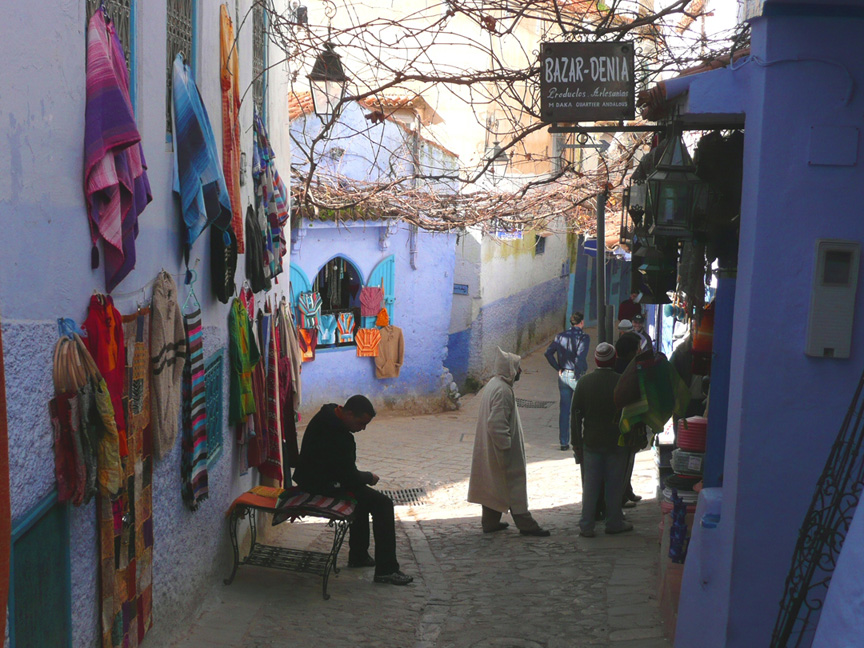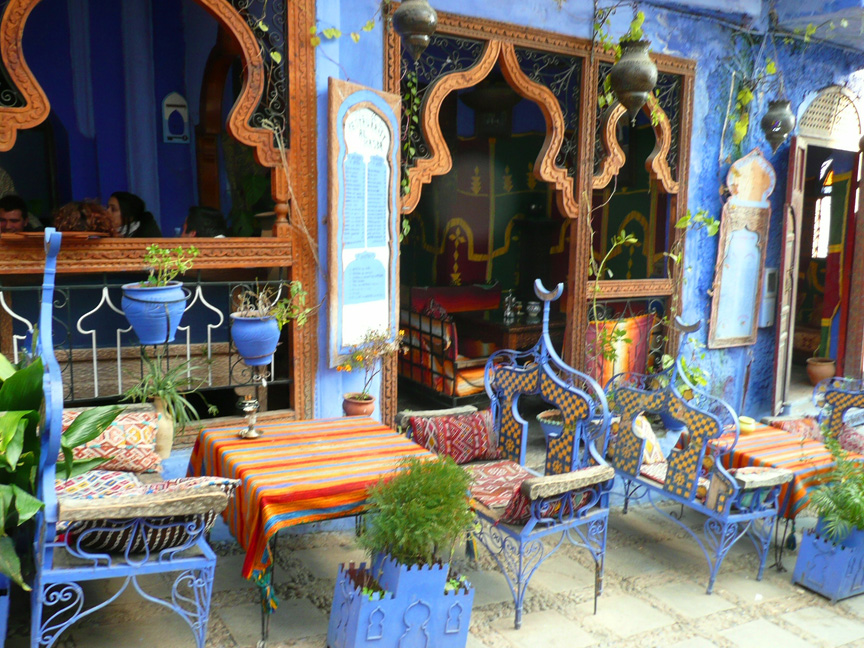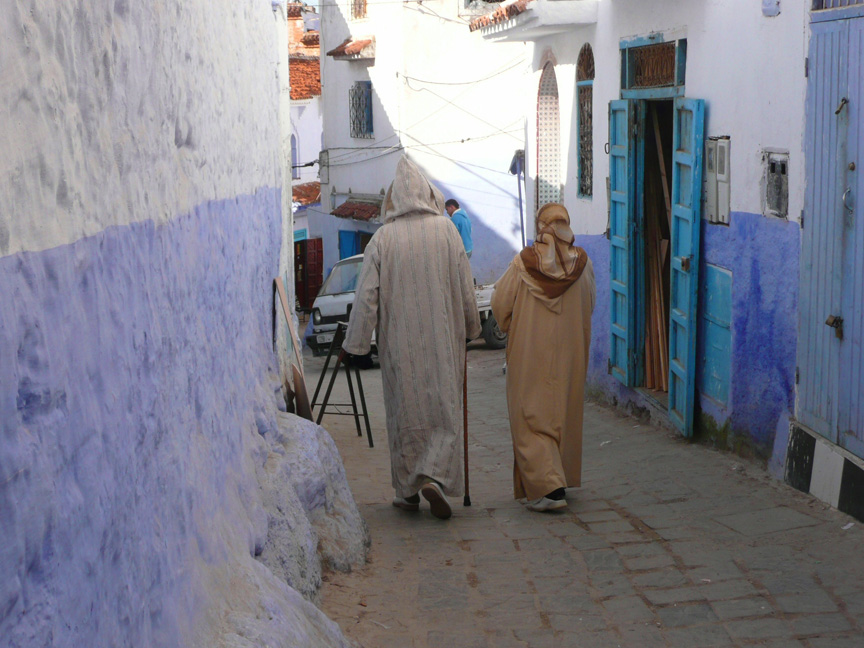Top 10
Small Towns
These are towns that we have found to be particularly atmospheric. I have not included all our European favorites. Look for those in Top Ten lists to come.
- Ollantaytambo – Sacred Valley – Peru
This little town in the lush, tranquil, Valle Sagrado rests at the base of steep agricultural Inca terraces that ring the mountainside. Above the terraces stand the ruins of a temple constructed by the Inca Emperor Pachacutec. Remarkably, the town still retains many of its original Inca elements. From the narrow canals that carry water along its stone streets, to the massive blocks of granite used to construct walls that line the cobbled lanes using a system of locking the stone blocks together that have baffled builders to this day. Within the canchas (homes built around courtyards open to the elements) niches in the walls display items that identify with ancient Inca rituals and beliefs. The women of Ollantaytambo wear knee length heavily embroidered skirts, colored woven blankets to cradle their babies on their backs, and hats that either resemble embroidered, fringed, lampshades, or upturned circular plates that balance jauntily on the edge of their heads.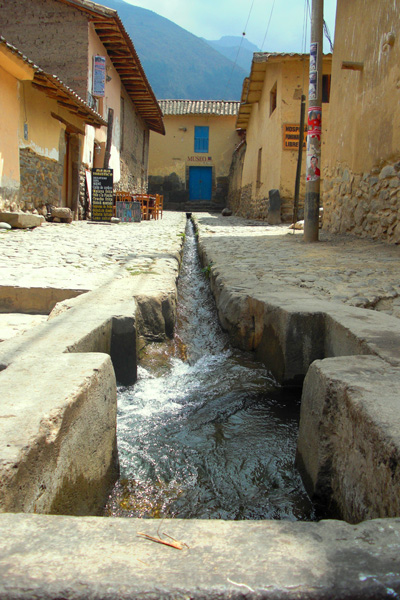
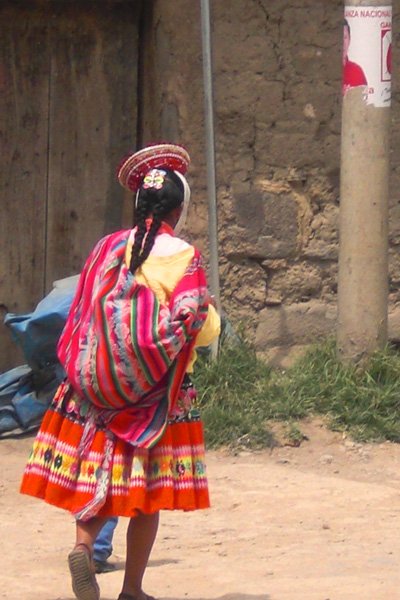
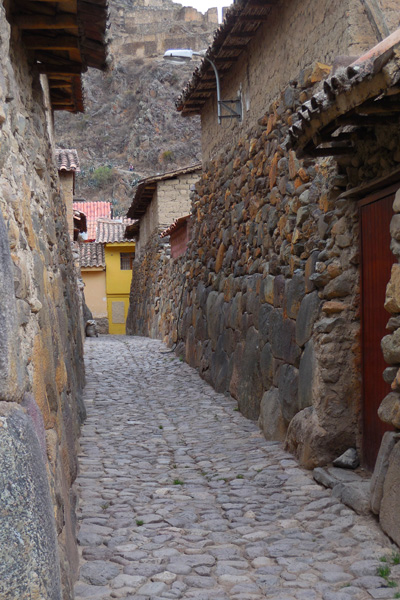
- Split – Croatia
A magical town where the scent of fresh lavender carries on the breeze, Split rests on the Dalmatian Coast, with its crystal clear turquoise waters, and white sand beaches. In the historic old town abuzz with activity, trendy restaurants, boutiques, and unique small hotels lie within the walls of Roman Emperor Diocletian’s 4th Century palace. The Peristil – the central square of Diocletian’s palace which later became a theater for opera and plays – continues to be the stage of daily life in the Old City where people meet and hang out.
Over the centuries the Romans, Venetians, and French all left their mark on the Old City, creating a rich blend of Renaissance Gothic and Baroque architecture. Outside the walls of the palace is the sparkling white Riva – the promenade – built in the time of Napoleon. Lined with cafés, it’s the place to socialize, walk, jog, and watch the boats, big and small, gliding in and out of the harbor. Not to be missed is the Mēstrović Gallery. Also, keep an eye open for his splendid sculptures displayed throughout the Old City.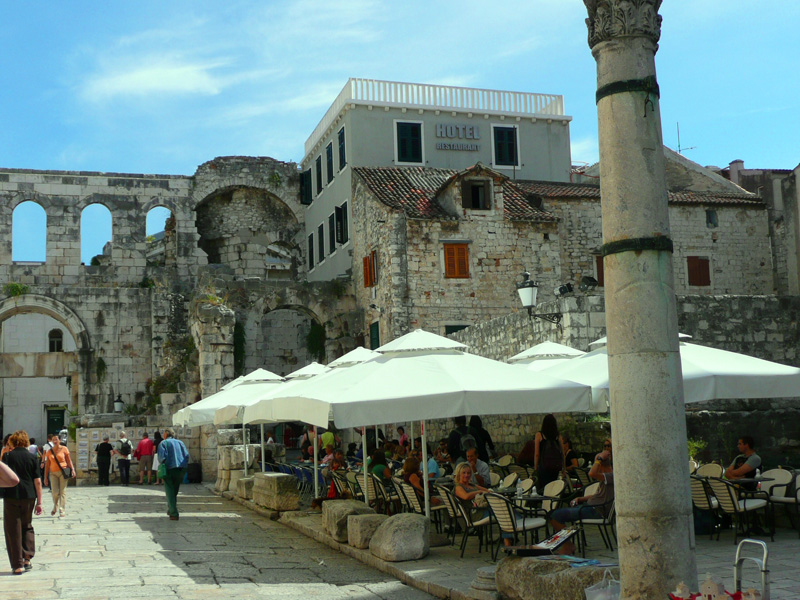
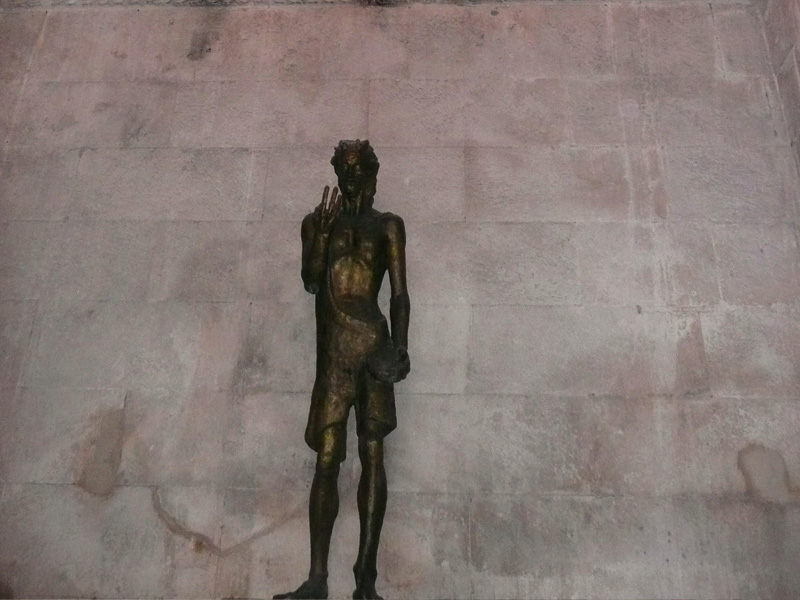
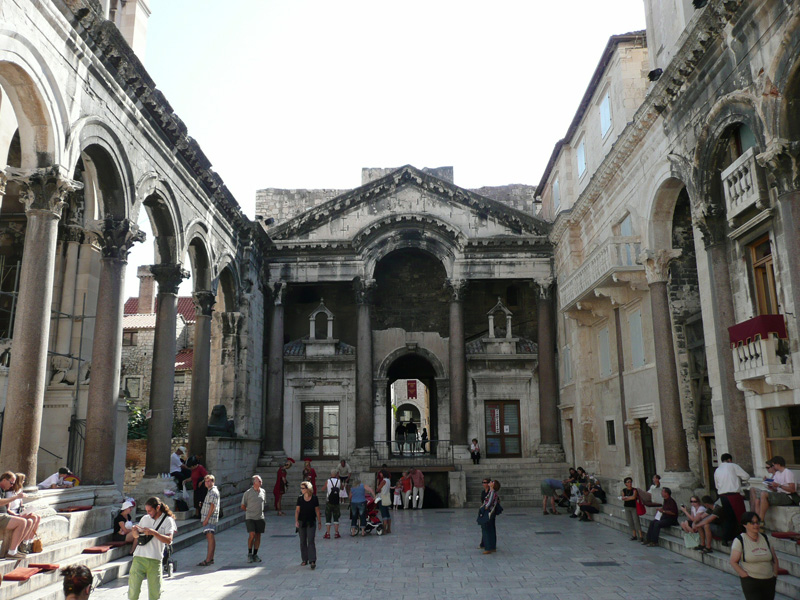
- Patzcuaro – Mexico
An unspoiled gem – known as one of Mexico’s Pueblos Magicos (Magical Towns) and named a UNESCO World Heritage Site – retains all of the charm of its indigenous people as well as the Spanish Colonial era. Its streets paved with large, smooth, worn cobblestones, are lined with low structures, their white stuccoed walls trimmed with thick bands of dark red paint, and their roofs layered with well-aged red tiles.
Patzcuaro boasts several beautiful churches; basilicas; and lively plazas bordered by Spanish Colonial buildings where I love to browse the stores, sit at a coffee shop and soak up the local culture. On Fridays, Plaza San Francisco hosts a pottery market where the indigenous people from the surrounding villages come to sell their wares. Plaza Chica is bordered by the local market – a hive of activity, colors, and aromas. It’s also home to the public library housed in what was once San Augustin church. It’s worth a visit just to see the impressive mural painted by Juan O’Gorman. The town has a reputation for having the most outstanding Day of the Dead celebrations which take place in the town and around Lake Patzcuaro. Stay in one of the B and B’s housed in refurbished Spanish Colonial mansions. Casa de la Real Aduana is the finest of them all.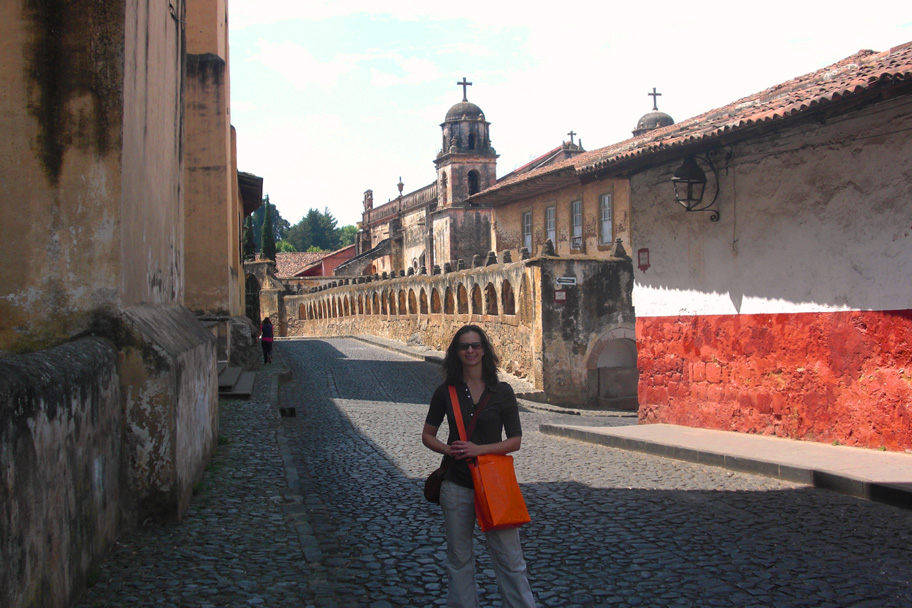
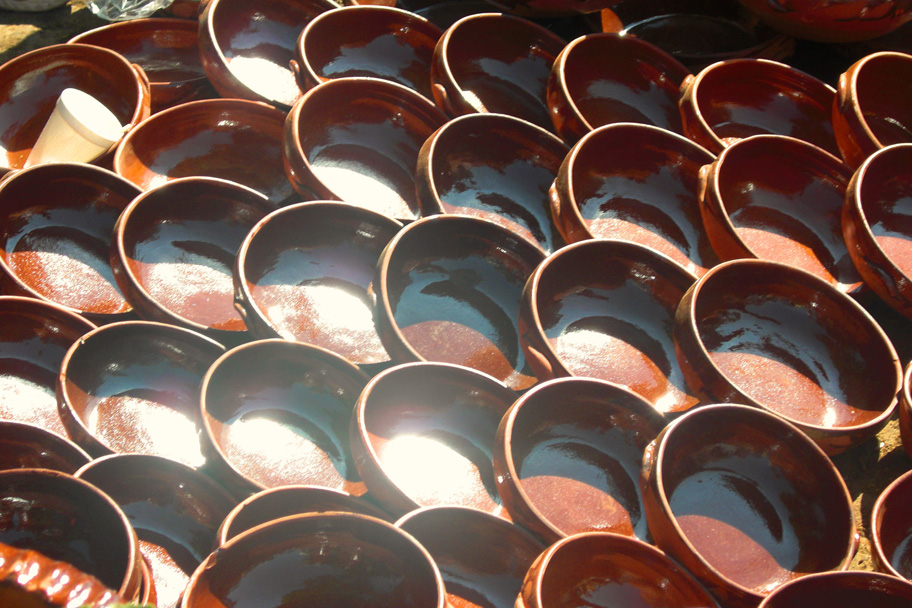
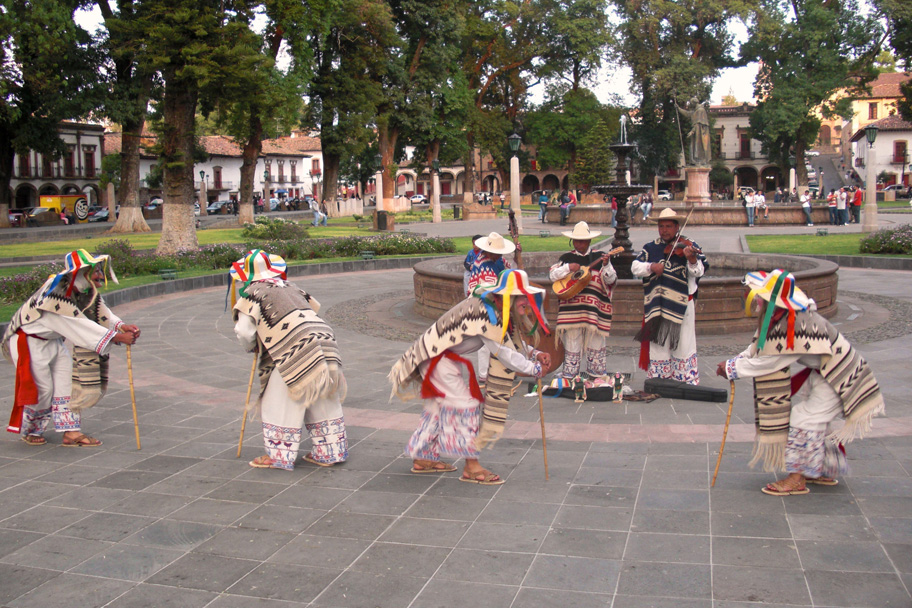
- Hoi-An – Vietnam
Situated on the Thu Bon River, Hoi An was a busy trading port between the 15th Century and the 19th Century. Japanese, Chinese and Europeans elements entwine to create a town that is vibrant, colorful, and unique. Don a pair of comfortable walking shoes or rent a bicycle and enjoy Hoi An’s well-preserved architecture: The beautifully adorned pagodas; the shrines; the old wooden clan houses; and the community houses on Nguyen Thai Hoc Street, some of which are now museums while others have become home to boutiques and art galleries. Wander through the Central Market adjacent to the river. Visit one of the hundreds of tailors (I highly recommend Yaly Couture) and have clothing custom made within a couple of days. At night this gorgeous town turns into a fairyland when silk lanterns of every design, shape, and color are lit. Don’t miss a visit to the Japanese Bridge in the early morning or evenings when its reflection creates an impressionist painting in the water. Visit Ms. Ly’s restaurants for excellent cuisine.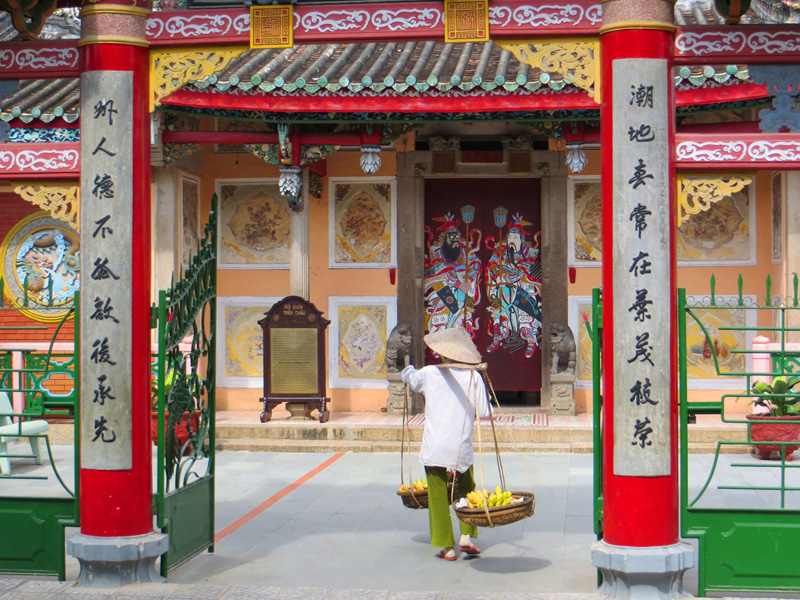
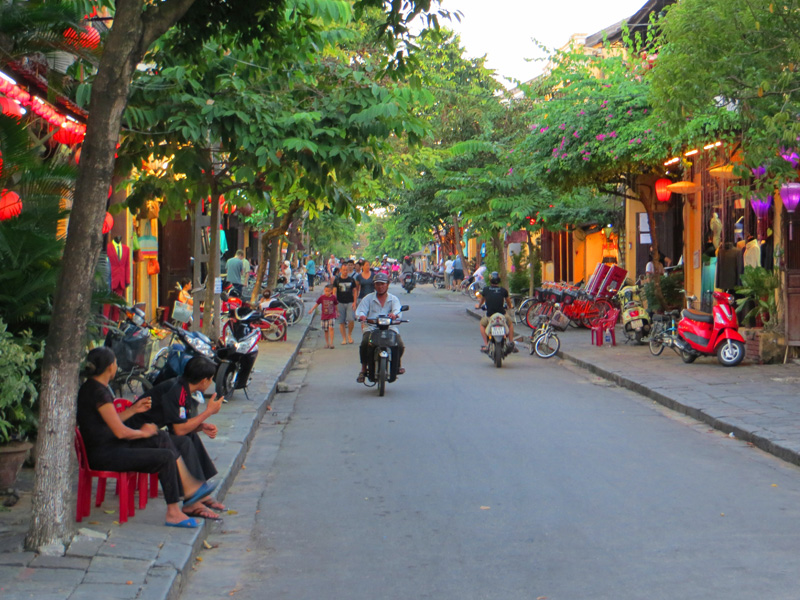
- Tzfat- Israel
This mountaintop town in Northern Israel’s Upper Galilee has attracted people for centuries with its mysticism and exquisite light. In the early 15th Century, after their expulsion from Spain, many Sephardic Jews – among them learned rabbis – made their way to Tzfat. It was here that in the 16th Century, Kabbalah (Jewish Mysticism) flourished. Artists have been drawn to Tzfat by its unique light and its spiritual aura. Today it’s an art lover’s dream. Explore the stone alleys streaked with golden light (fall and early winter are my favorite months) and one can lose oneself in the myriad of art galleries, sculpture galleries, and candle stores. Two of my most favorite are the gallery of Yitzhak Frenkel and the sculpture gallery of Egyptian-born Victor Halvani whose outdoor pieces are spectacular. Then there are the small, ancient synagogues each one unique. Among them are the Ari Ashkenazi Synagogue located on the site of a 15th Century synagogue which was destroyed, The Blue Sephardi Abuhav Synagogue, The Caro Synagogue with its collection of ancient prayer books, and the 15th Century Eliyahu Hanavi Synagogue.
People rave about the three-day annual summer Klezmer Music Festival when Klezmer musicians descend on this hilltop town from Israel and all over the world, and the sound of Klezmer music fills every alleyway, courtyard, and nook and cranny of magical Tzfat.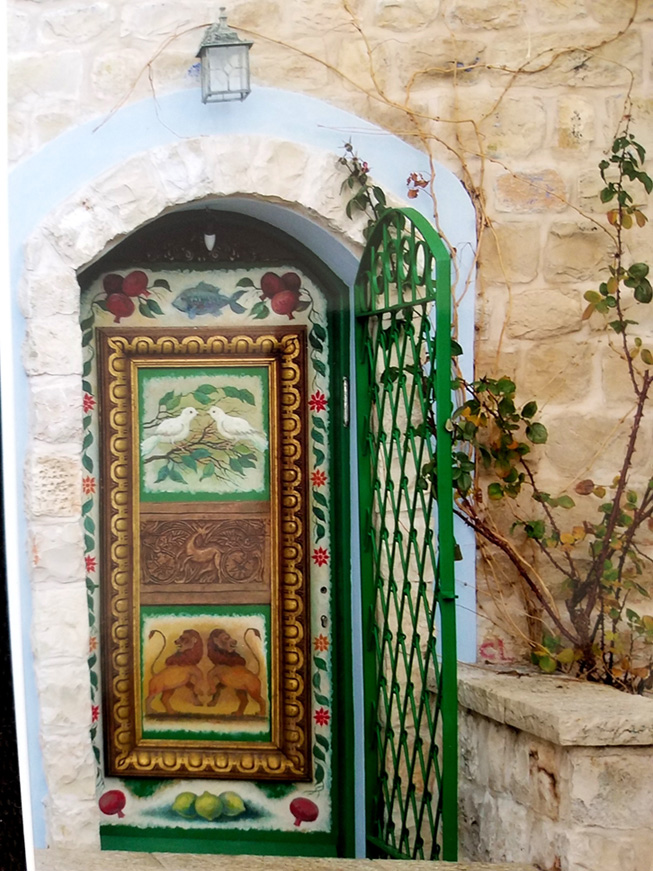
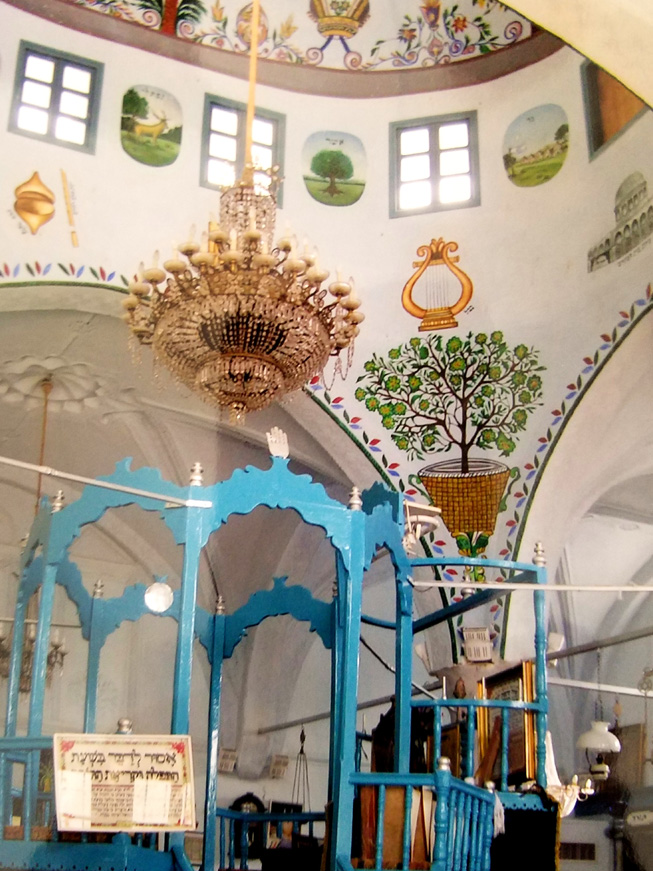
- Luang Prabang – Lao
Situated on the banks of the Mekong River and the Nam Khan tributary – Luang Prabang harmonizes beautiful Buddhist Wats and ancient Buddhist traditions with French Colonial architecture, and modern day comforts. This is a town that begs to be explored on foot or by bicycle, to fully appreciate all its hidden treasures.
Awake before dawn to the sound of temple drums reverberating through the misty morning silence, then witness the ancient tradition of ‘tak-bat’, when the monks dressed in saffron robes, wind silently in single-file along the narrow streets collecting food from the locals in their wooden baskets. Relax at a riverside restaurant and linger over breakfast beneath the magnolia trees, then set out to discover the Watts (temples) making a late morning stop on Sakkarine Road for hot flaky croissants and coffee before exploring the antique stores, craft stores, and art galleries. In the evening, climb the 350 steps to the top of Mount Phousi for a breathtaking panoramic sunset view of the town, then descend to the Night Market to browse the craft of the hill tribes. Enjoy a dinner of French-Croatian cuisine. A perfect end to a beautiful day.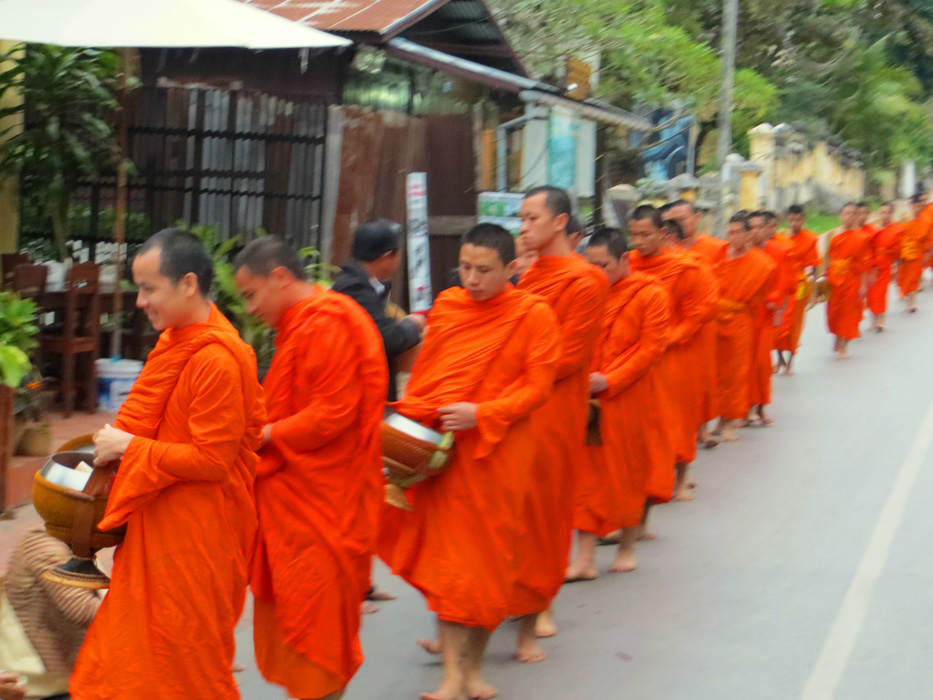
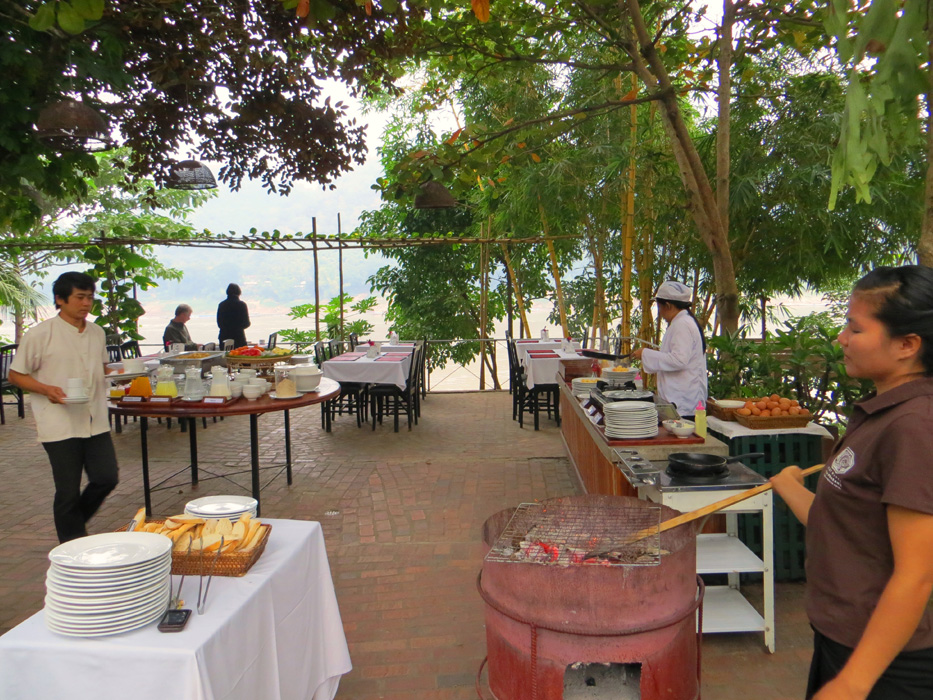
- Hida-Takayama-Japan
Our train strained on the steep upward climb into the Alps of Northern Japan past gold, red, and orange fall foliage, lakes, and majestic scenery. We were fortunate to be visiting Takayama during the height of fall foliage but unfortunately too late for the autumn festival-Hachiman Masuri- celebrated since the 1600’s with a parade featuring elaborately decorated floats. We took a leisurely bicycle ride through the well preserved 16th Century Sanmachi Suji district of the Old Town lined with traditional wooden merchant houses from the Edo period. Takayama has long had a reputation for its fine carpentry. We crossed stone bridges spanning the river and cycled the length of colonnaded streets lined with stores selling Japanese woodcraft, ceramics, delicacies, and confectionary. Everything is so beautifully packaged in little containers most of which are like works of art. We spent time wandering through Yoshijima Heritage House and Kusakabe House seduced by the burnished rich woodwork, the simplicity, the clean lines, and the perfect courtyard gardens with their ubiquitous stone Shinto prayer lanterns. At the riverside Morning Market, local farmers sold the most perfect produce we’ve ever seen; wood craftsmen displayed paper-thin bowls, stacking boxes for storing jewelry, and delicate chopsticks; and bakers prepared traditional Japanese cookies and confectionary. We stayed in a Ryokan run by a family of three generations, which was one of the highlights of our travels through Japan.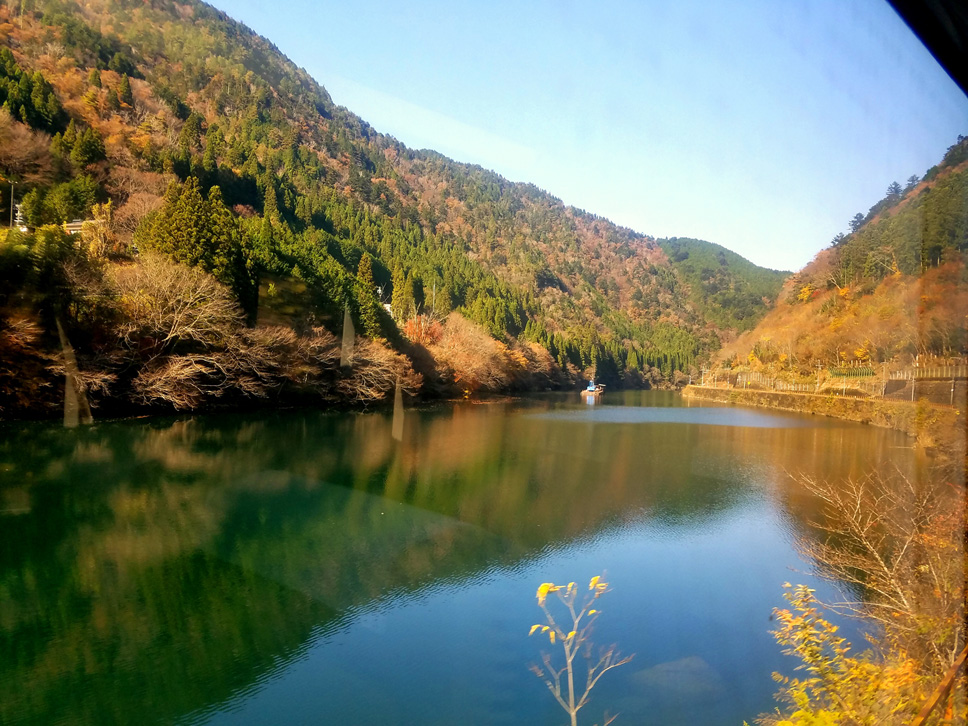
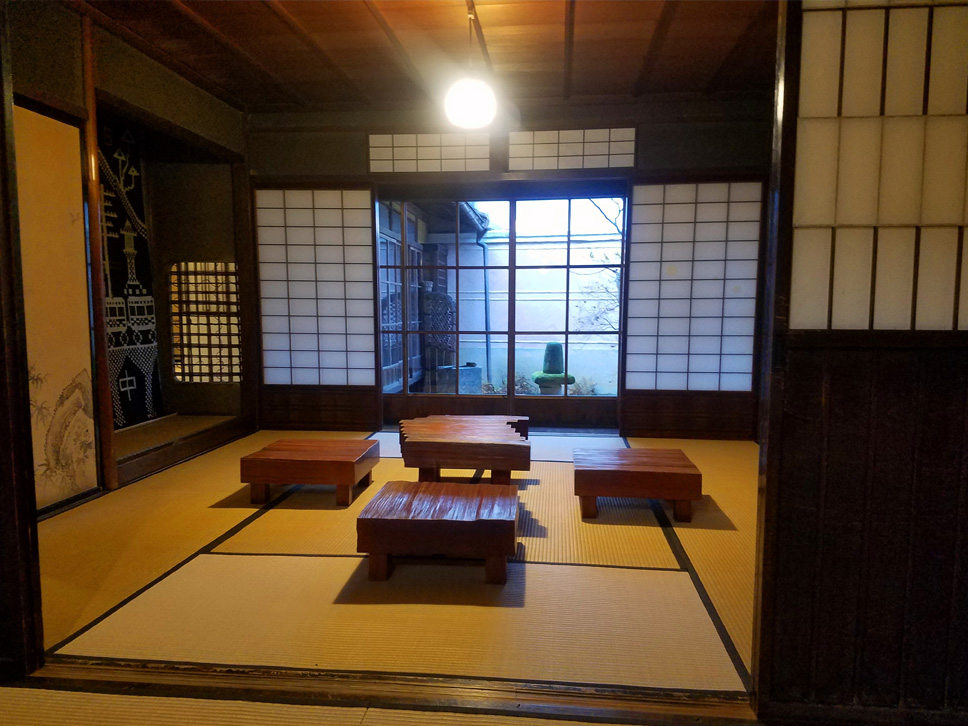
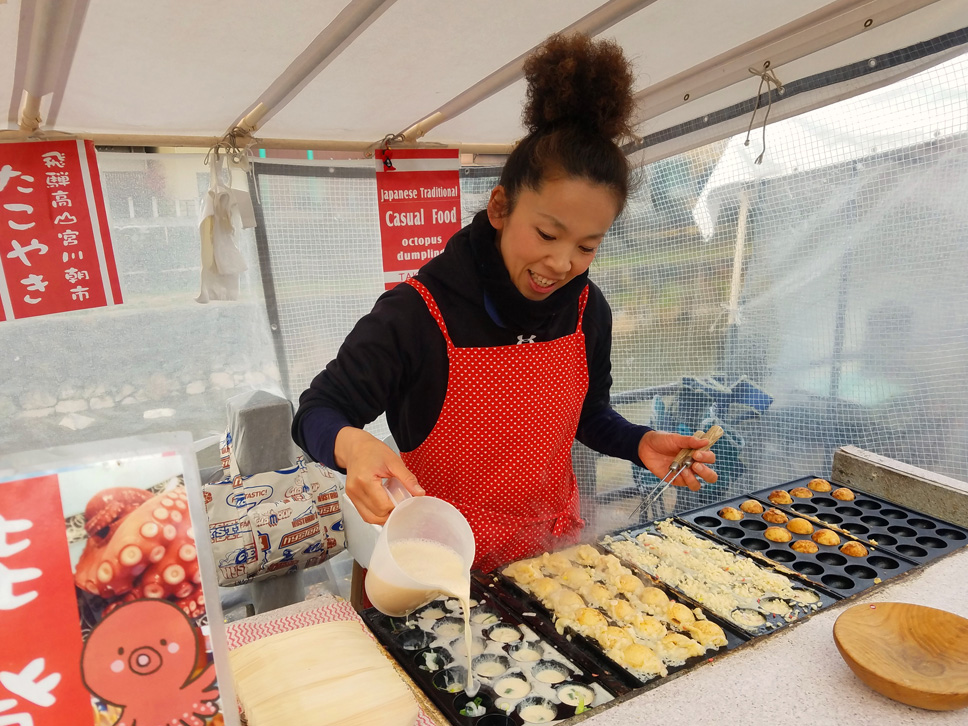
- Sucre – Bolivia
The White City – where the buildings are bright white, the roofs are covered with red tiles and the beautiful Spanish Colonial-era structures have been well cared for. During the height of the mining frenzy in nearby Potosi, Sucre became the town of choice for wealthy mine owners who had their mines in Potosi and lived in Sucre’s cooler climate. Subsequently, it earned a reputation for its art, culture and prestigious university, which endures to this day.
At the heart of the Old Town sits the ornate Catedral Metropolitana, which overlooks the garden Plaza 25 de Mayo where locals meet children chase pigeons, and groups of musicians take their turn on the bandstand in the evenings. In Recoleta – a steep climb from the town center – there are spectacular views of the city and the 16th Century monastery – now a museum – is well worth an hour’s visit. Not to be missed is the fascinating Textile Museum. Thirty minutes out of Sucre center is the Dinosaur Park, where dinosaur footprints from some 68 million years ago have been perfectly preserved. Sucre is also known as the City of Chocolate. The finest chocolate can be found at the chocolate shop Para Ti (there are several stores.) Their chocolate is addictive. Although the government of Bolivia resides in La Paz – Sucre is its official capital.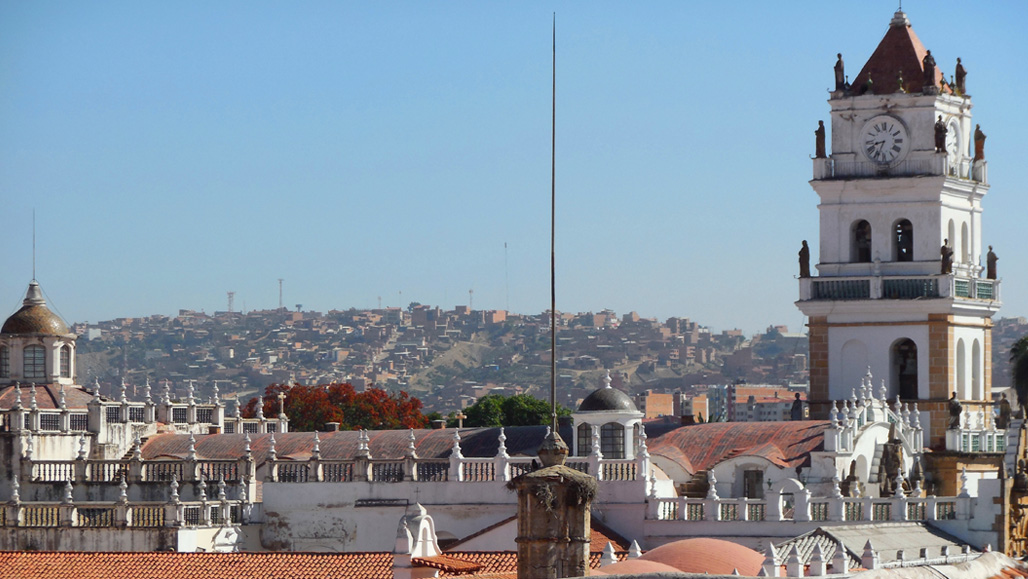
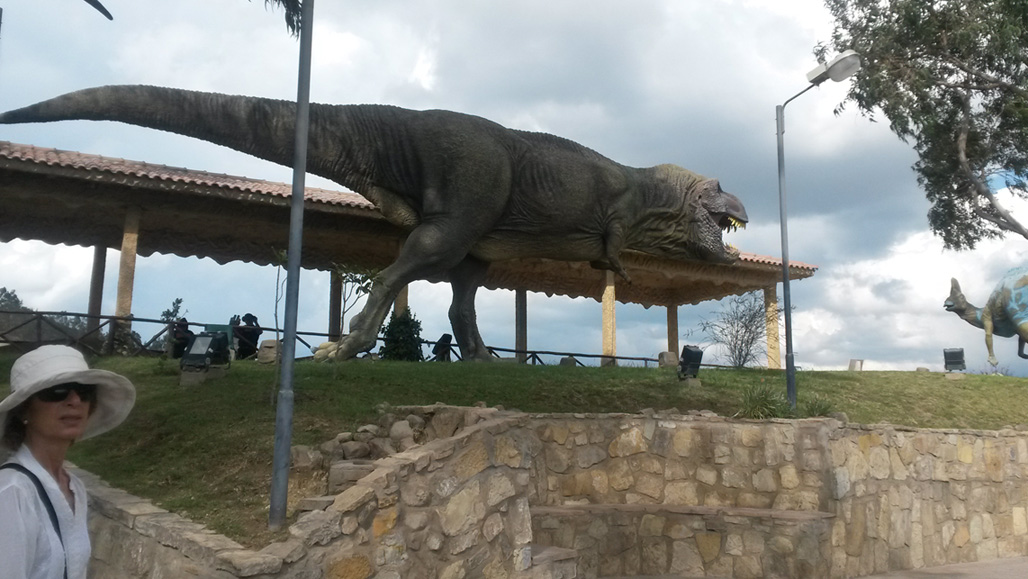
- Lijiang – a Chinese Gem
Old Town Lijiang exudes charm and whimsical beauty. With zero motorized traffic on its stone-lined streets, one completely leaves city life behind as one uncovers the beauty of this little town with its canals, stone bridges, weeping willows, masses of flowers, and wooden homes with swooping rooftops.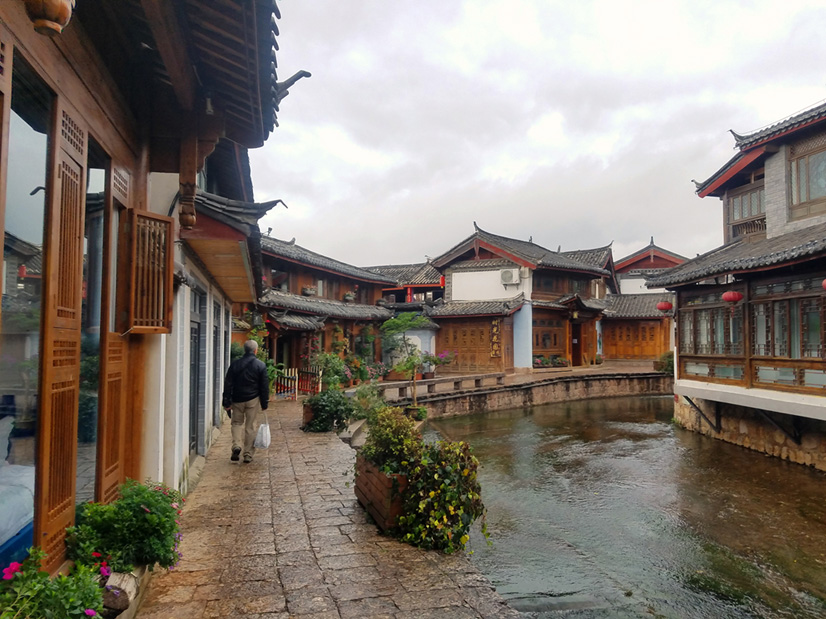
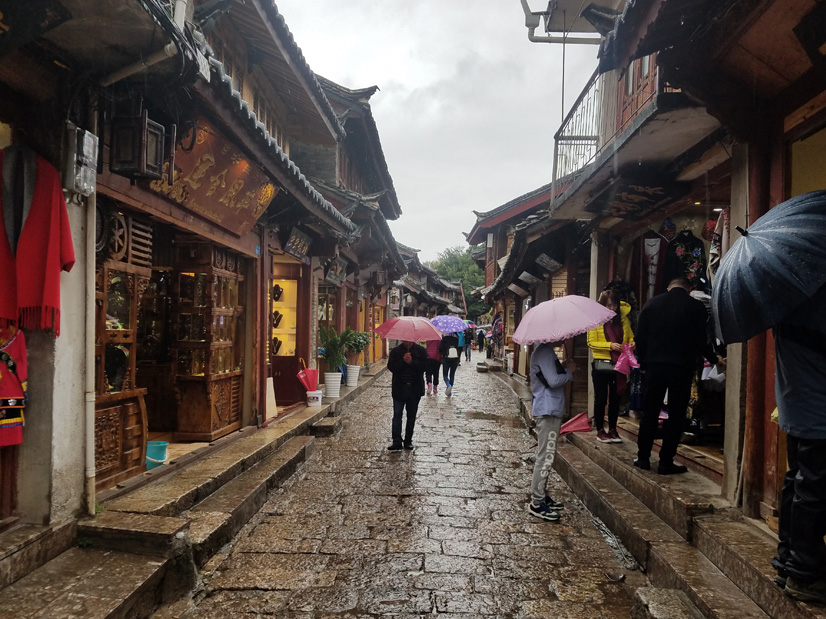
- Chefchaouen – The Blue Town-Morocco
It’s hard to choose my favorite small town, but I think Chefchaouen is top of my list. It’s so ancient and so authentic, that I felt as though I was stepping back into a scene from Biblical times. The late fall or early winter when the days are sunny and cool and the town receives a trickle of tourists, is the perfect season to visit. Wander its pedestrian-only alleys lined with bags of natural dyes, and take in the colors: the blue of the buildings; the patterned hand-woven rugs; the symphony of color created by the handbags and baskets strung above the streets. Sit at a cafe and sip mint tea while imbibing the beauty of this town which hails back to another era.